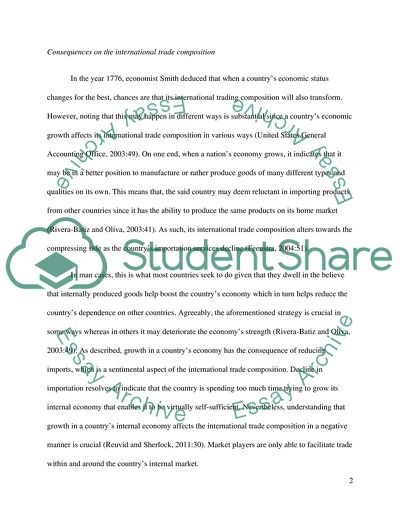Cite this document
(International Trade and Development Essay Example | Topics and Well Written Essays - 4000 words, n.d.)
International Trade and Development Essay Example | Topics and Well Written Essays - 4000 words. Retrieved from https://studentshare.org/macro-microeconomics/1794542-international-trade-and-development
International Trade and Development Essay Example | Topics and Well Written Essays - 4000 words. Retrieved from https://studentshare.org/macro-microeconomics/1794542-international-trade-and-development
(International Trade and Development Essay Example | Topics and Well Written Essays - 4000 Words)
International Trade and Development Essay Example | Topics and Well Written Essays - 4000 Words. https://studentshare.org/macro-microeconomics/1794542-international-trade-and-development.
International Trade and Development Essay Example | Topics and Well Written Essays - 4000 Words. https://studentshare.org/macro-microeconomics/1794542-international-trade-and-development.
“International Trade and Development Essay Example | Topics and Well Written Essays - 4000 Words”, n.d. https://studentshare.org/macro-microeconomics/1794542-international-trade-and-development.


